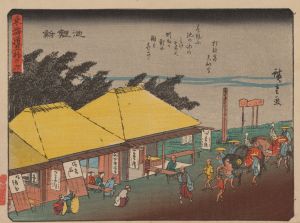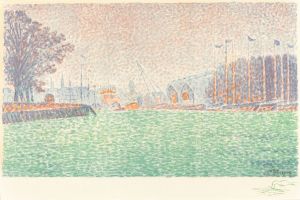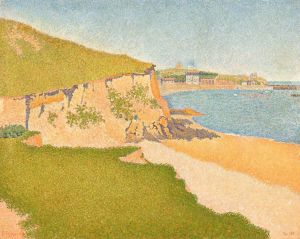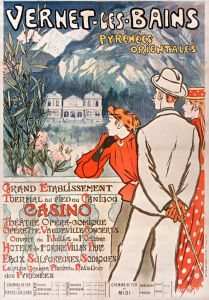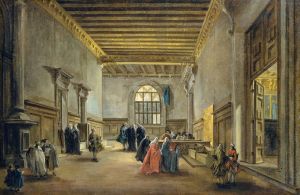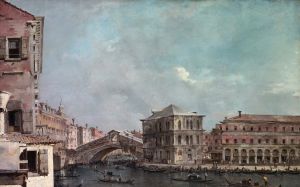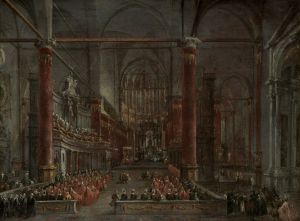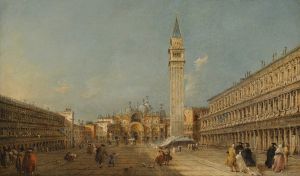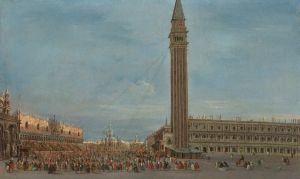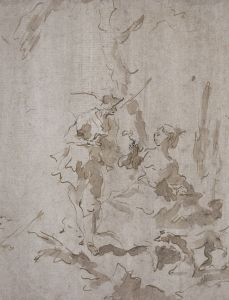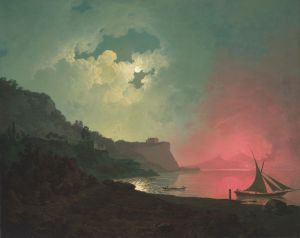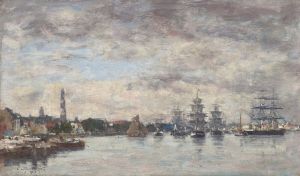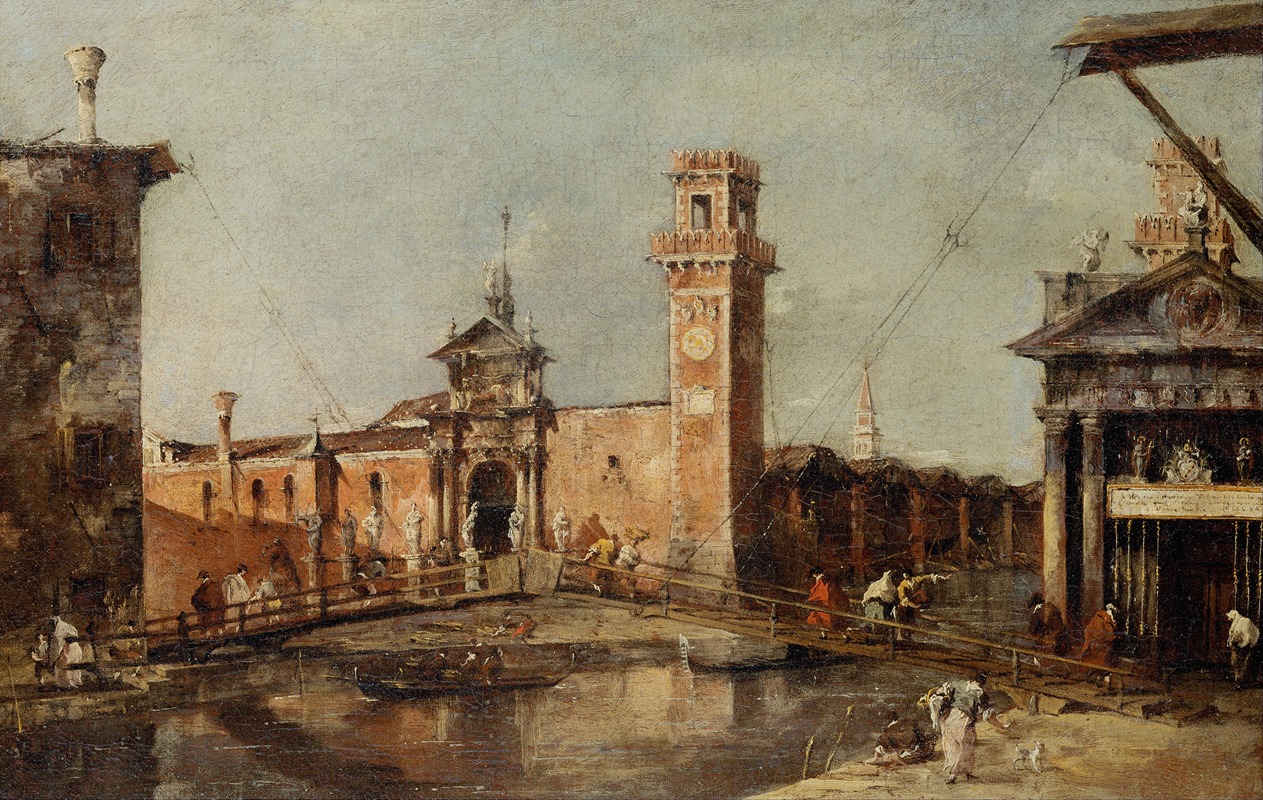
The Entrance to the Arsenal in Venice
A hand-painted replica of Francesco Guardi’s masterpiece The Entrance to the Arsenal in Venice, meticulously crafted by professional artists to capture the true essence of the original. Each piece is created with museum-quality canvas and rare mineral pigments, carefully painted by experienced artists with delicate brushstrokes and rich, layered colors to perfectly recreate the texture of the original artwork. Unlike machine-printed reproductions, this hand-painted version brings the painting to life, infused with the artist’s emotions and skill in every stroke. Whether for personal collection or home decoration, it instantly elevates the artistic atmosphere of any space.
Francesco Guardi, an Italian painter of the 18th century, is renowned for his vedute, or detailed cityscapes, of Venice. One of his notable works is "The Entrance to the Arsenal in Venice," which captures the grandeur and architectural beauty of the Venetian Arsenal, a complex of former shipyards and armories clustered together in the city of Venice. This painting is a fine example of Guardi's ability to depict the interplay of light and shadow, as well as his skill in rendering architectural details with precision.
The Venetian Arsenal was a symbol of the Republic of Venice's naval power and economic strength during its peak. It was one of the largest industrial complexes in Europe prior to the Industrial Revolution, and its significance is reflected in Guardi's painting. The Arsenal was responsible for the production of the majority of Venice's maritime fleet, which was crucial for both trade and military purposes. Guardi's depiction of the Arsenal's entrance highlights the strategic importance of this site, as well as its architectural splendor.
In "The Entrance to the Arsenal in Venice," Guardi employs his characteristic loose brushwork and vibrant color palette to bring the scene to life. The painting captures a bustling scene with boats and gondolas navigating the waters, emphasizing the lively maritime activity that was typical of Venice during this period. The architecture of the Arsenal is rendered with careful attention to detail, showcasing the imposing gates and the surrounding buildings that were integral to its operations.
Guardi's work is often associated with the Rococo style, which is characterized by its ornate and decorative qualities. However, his vedute also exhibit a sense of realism and immediacy, capturing the essence of Venetian life and its urban landscape. This painting, like many of Guardi's works, serves as a historical document, providing insight into the architectural and social environment of 18th-century Venice.
Francesco Guardi was part of a prominent family of painters, and he was influenced by the works of Canaletto, another famous Venetian vedutista. While Canaletto's works are known for their precise and detailed representation, Guardi's paintings are often more atmospheric, capturing the mood and ambiance of the scene. "The Entrance to the Arsenal in Venice" exemplifies this approach, with its dynamic composition and the interplay of light and shadow creating a sense of movement and vitality.
Today, Guardi's paintings are celebrated for their artistic merit and historical significance. They offer a glimpse into the past, allowing viewers to appreciate the beauty and complexity of Venice during a time when it was a major cultural and economic hub. "The Entrance to the Arsenal in Venice" is a testament to Guardi's skill as a painter and his ability to convey the spirit of his native city through his art.





